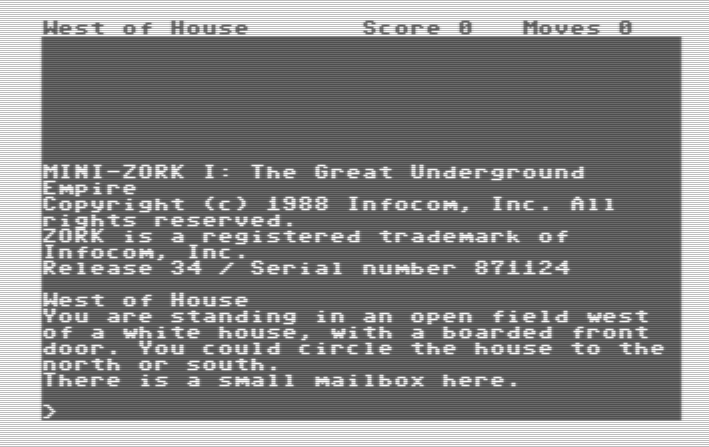How I got it running under Linux:
Of course, just as the main README says, you’ll need ruby and vice:
sudo apt-get install ruby
sudo apt-get install vice
[spoiler]First, I modified make.rb, so you’ll have to grab my modded fork:
git clone https://github.com/howtophil/ozmoo.git
[/spoiler]
My changes have now been merged with the main source, so grab that instead:
git clone https://github.com/johanberntsson/ozmoo.git
Then change into the ozmoo directory, clone the acme assembler source, and make acme:
cd ozmoo
git clone https://github.com/meonwax/acme.git
cd acme/src
make
I find it easier to leave acme in place as a subdirectory, so mod the make.rb file and set
$ACME = "acme/src/acme"
Then download exomizer, extract it into an exomizer subdirectory, and make exomizer:
mkdir exomizer
cd exomizer
wget https://bitbucket.org/magli143/exomizer/wiki/downloads/exomizer-3.0.1.zip
unzip exomizer-3.0.1.zip
cd src
make
At this point you should be able to turn a z[3,4,5,8] file into a .d64 Commodore 64 diskette image from the top level of your ozmoo directory:
ruby make.rb game.z5
